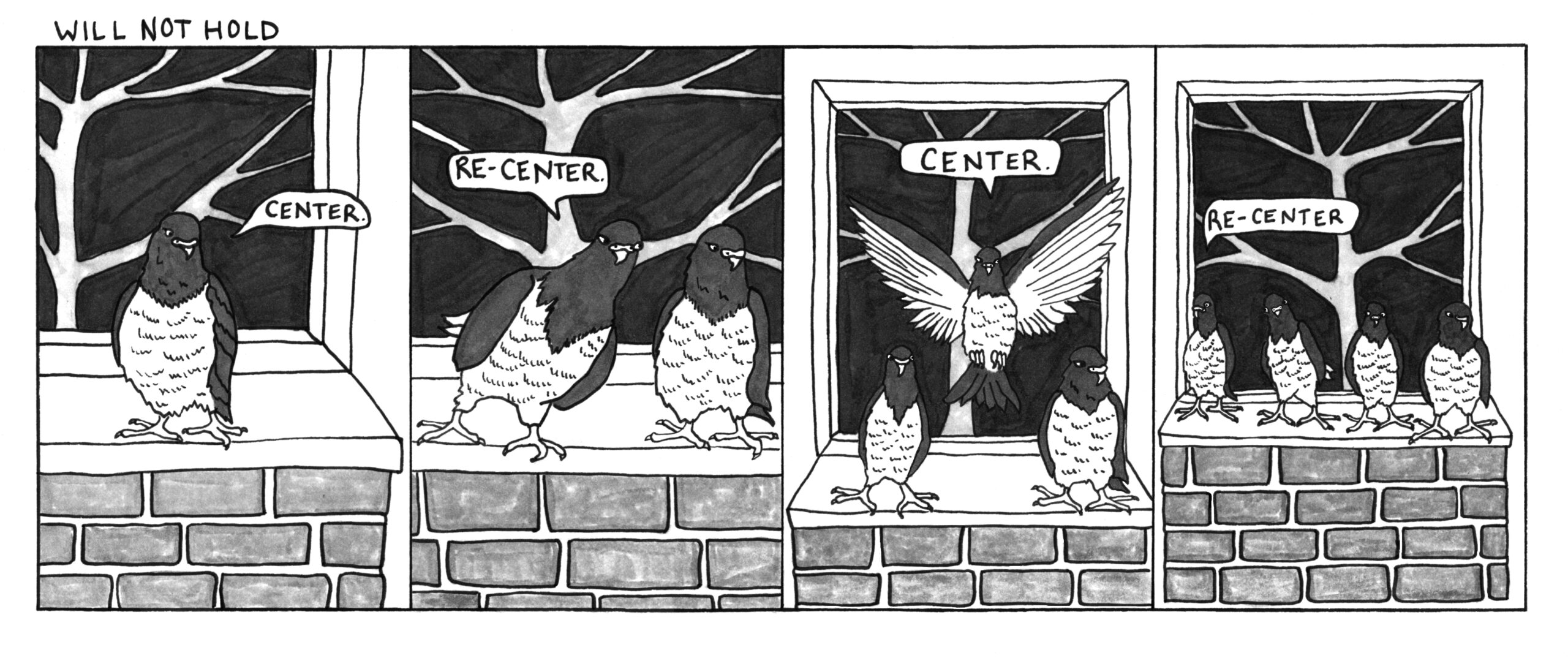This week I became a member of The Loft Cinema in Tucson, because I will soon live within walking distance, and members get free popcorn.
I also wanted to go see Clouds of Sils Maria, which I did last night. (The free popcorn was every bit as satisfying as I’d hoped.) One of the most fascinating movies I’ve seen in ages – at some point in the middle I became aware of my brain’s frenzied attempts to make perfect sense of it, and I had to tell myself: Just watch. Watch what it is, don’t try to turn it the simplest, digestible form of itself.
Which is, in a sense, one of the themes of the movie: that art asks us to go inside of it (especially as artists, but I think it extends to the film’s audience in this case), and that even from that most intimate vantage, we must not try to conform it to our understanding of the world at the expense of letting it shift and flex.
In brief: the movie follows an actress (Juliette Binoche, named Maria in the film) and her assistant Valentine (Kristen Stewart) as they run lines for a revival of the play that made Maria famous in her youth. There are many layers of meaning at work: the play, ‘Maloja Snake,’ chronicles a tempestuous affair between two women, one older, one younger; a lover/beloved scenario in which the young woman takes shameless advantage, driving the older woman to (ambiguous) suicide. Maria and Valentine’s relationship is offered, as if on a silver platter, as a mirror of that unhappy romance – except, as becomes clearer and clearer, a true mirror. Which is to say, the reverse.
While dissecting the play, one of the women notes that Sigrid (the play’s younger character) creates a vacuum around the victim, Helena. And though Valentine is careful with Maria, always checking in on her and making sure that she’s alright, Maria has much more of a life outside her assistant than Valentine (who, it’s noted, rarely has a boyfriend, and whose one romantic or friendly assignation in the film deteriorates into an unexplained hallucinatory drive home from Lake Como, alone) has outside of her. At times Maria seems vulnerable to Valentine’s judgements about art and acting, film and verisimilitude. But in the end, she doesn’t really care what the girl thinks, and Valentine knows this. It’s Valentine whose skin is pink, and naked, and exposed.
But this storyline offers only one level of the film’s meaning. Incidents, images, and ideas accrue, each one inviting the audience’s interpretation and repelling it. The young actress (Jo-Ann Ellis, played by Chloe Grace Moretz) hired to play Sigrid opposite Maria’s Helena is portrayed in the tabloids as unstable, even dangerous, stealing another woman’s husband and drawing media fanfare wherever she goes. It’s hard not to see her reflected in the casting of Kristen Stewart, who had her own well-documented affair with a director. But is this meaningful in the world of the film? Yes, and no. Everyone in the world of Sils Maria is obsessed with media images, but the true work of the artists takes place in the mountains, far away from civilization. And Stewart’s performance is beautifully muted and naturalistic – not one inch a stunt. But not a mistake either.
I admired the film’s level of self-awareness: Maria rails against the play’s high-concept language and bald thematic consideration, but of course the movie is high-concept too. It’s in on the joke, flowing stark, forbidding landscapes together with chamber orchestra scoring in a way that almost parodies arthouse tropes, even as it makes the most of them. Maria also complains that, in the original production of ‘Maloja Snake,’ the actress who played Helena was stiffly classical, uninspired – only to be chastened that her own, modernistic performance was highlighted as a result. Chloe Grace Moretz’s performance as Jo-Ann calls back to this exchange: she doesn’t do a bad job, but her world is one of broad gestures and obvious intentions, whereas Maria and Valentine communicate in smiles, flinches, flicks of a lighter, half-taken breaths. To be clear, I don’t mean this as an insult to Chloe Grace Moretz: I think she was very well directed, and has a clear role in the film’s landscape.
But of course, none of these interpretations are absolutes. The best thing about Clouds of Sils Maria is how it washes over you, spilling dramatically forward and then past your feet. Looking different depending on where you’re standing, and dissipating like water if your gaze turns too hot.
